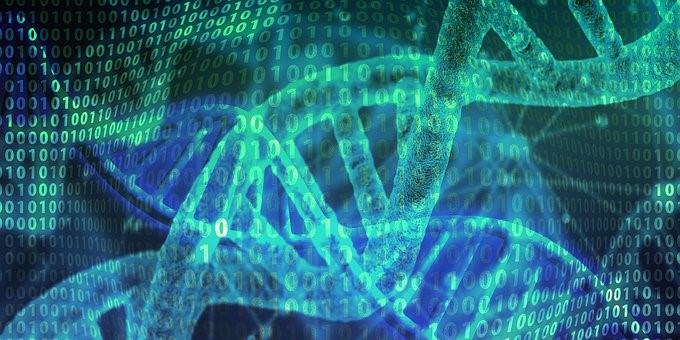Infectious diseases are acknowledged as one of the most critical threats to global public health today. Climate change, population growth and antimicrobial resistance have resulted in both the emergence of novel pathogenic organisms and the re-emergence of infections that were once controlled. Wastewater-Based Epidemiology (WBE) is a new epidemiology tool that has potential to act as a complementary approach for current infectious disease surveillance systems and an early warning system for disease outbreaks.
Due to climate change and global population growth, the most critical shortages of raw materials are estimated to be clean water and fertile soil. Climate change is exacerbating extreme weather conditions, which further increase the challenges related to having safe drinking water. In great parts of the world, clean water is already scarce. Infectious diseases caused by bacteria, viruses, protozoa and parasitic worms are the most important and common global health risks associated with drinking water. With advanced microbiological analysis, it is possible to get ready for both naturally occurring and manmade epidemics.
The use of mineral fertilisers acidifies the soil while microorganisms release the organically bound nutrients of organic soil conditioners slowly for the use of plants. The use of recycled fertilisers would also help the fight against climate change because the soil acts as a carbon sink that stores carbon derived from organic matter. If properly analysed, organic materials could be used and microbiologically recycled more safely.

Microbiological Analyses on Bio and Circular Economy
Bacteria, such as Escherichia coli (E. coli), are used as indicators of the microbiological quality of drinking water; it is the most common of the known indicators of intestinal contamination. The problem with the method is the long waiting time for the results, which is more than 24 hours. Furthermore, these indicator bacteria do not tell whether water is free of contaminating microbes, since pathogens – such as viruses and parasites – are much more resistant to water treatment processes than the indicator bacteria. In Finland, the microbiological safety of sludge is so far only monitored by the presence of E. coli and salmonella.
Tampere University’s laboratory is using molecular technologies that are faster and more comprehensive than the current standard methods. The methods can be used not only to monitor water hygiene but also for sludge microbial safety analytics. Tampere University’s laboratory is one of Europe’s leading virological laboratories. Our work is also based on the long-term research of the Virology research group.

